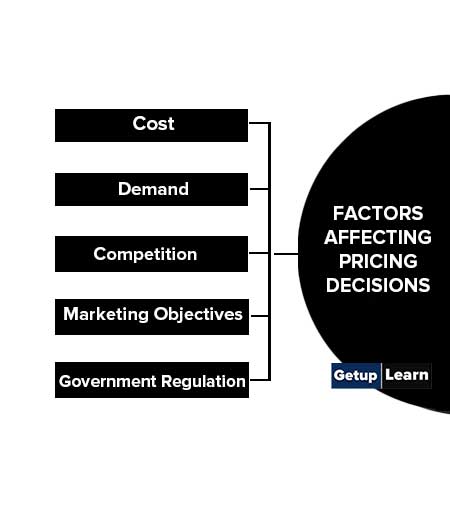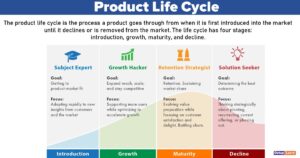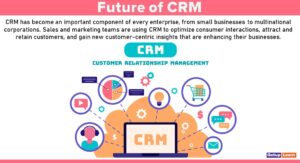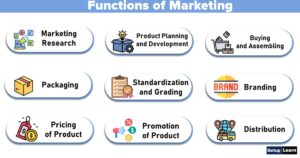Table of Contents
What is Price Mix?
Price mix refers to the amount ht customer pays for a product. It can also be referred to as the sacrifice which consumers are ready to make to acquire a product.
Moreover, Price mix is the only component in the marketing mix which has implications for revenue. The marketer needs to be very clear and careful about pricing objectives, methods to arrive at a price, and the factors which influence the setting of the price.
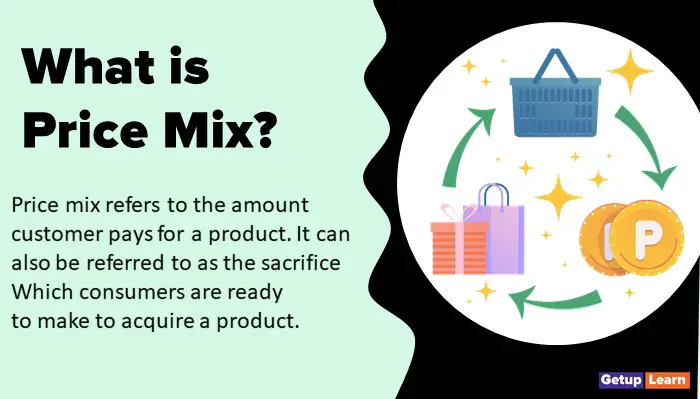
The company must also take into consideration the necessity to give discounts and allowances in some transactions. These requirements can impact the level of list price chosen. In comparison to other elements of the marketing mix, the price can be changed easily. But any mistake in pricing decisions can certainly change the customer’s perspective about the value of the marketing mix.
In the absence of any objective knowledge about the quality of the product, the customer generally builds a strong association between price and quality. In such a scenario if the price is reduced all of sudden, customers may start considering it as an inferior quality product, but there are equal chances of customers considering the price too high for the value that they are getting from the product.
Factors Affecting Pricing Decisions
These are the factors affecting pricing decisions which explain below in detail:
Cost
Cost: No business can survive unless it covers its cost of production and distribution. In a large number of products, the retail prices are determined by adding a reasonable profit margin to the cost. The higher the cost, the higher likely to be the price, and the lower the cost lower the price.
Demand
Demand also affects the price in a big way. When there is a limited supply of a product and the demand is high, people buy even if high prices are charged by the producer.
But how high the price would be is dependent upon prospective buyers’ capacity and willingness to pay and their preference for the product. In this context, price elasticity, i.e. responsiveness of demand to changes in price should also be kept in view.
Competition
Competition: The price charged by the competitor for a similar product is an important determinant of price. A marketeer would not like to charge a price higher than the competitor for fear of losing customers.
Also, he may avoid charging a price lower than the competitor. Because it may result in a price war which we have recently seen in the case of soft drinks, washing powder, mobile phones, etc.
Marketing Objectives
Marketing Objectives: A firm may have different marketing objectives such as maximization of profit, maximization of sales, bigger market share, survival in the market, and so on. The prices have to be determined accordingly.
For example, if the objective is to maximize sales or have a bigger market share, a low price will be fixed. Recently one brand of washing powder slashed its prices to half, to grab a bigger share of the market.
Government Regulation
Government Regulation: Prices of some essential products are regulated by the government under the Essential Commodities Act. For example, prior to the liberalization of the economy, cement and steel prices were decided by the government.
Hence, it is essential that the existing statutory limits, if any, are also kept in view while determining the prices of products by the producers.
Methods of Price Fixation
Methods of price fixation can be broadly classified into the following categories:
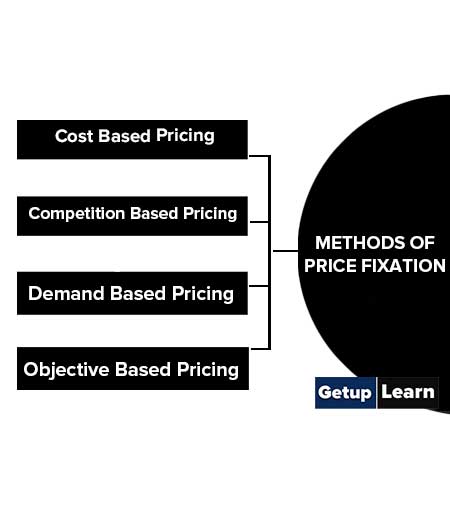
Cost Based Pricing
Cost Based Pricing: Under this method, the price of the product is fixed by adding the amount of desired profit margin to the cost of the product. If a particular soap costs the marketeer Rs. 8 and he desires a profit of 25%, the price of the soap is fixed at Rs 8 + (8×25/100) =Rs. 10.
While calculating the price in this way, all costs (variable as well as fixed) incurred in manufacturing the product are taken into consideration.
Competition Based Pricing
Competition-Based Pricing: In the case of products where the market is highly competitive and there is negligible difference in the quality of competing brands, the price is usually fixed closer to the price of the competing brands.
It is called ‘young rate pricing’ and is a very convenient method because the marketers do not have to worry much about demand and cost and affect the change as per the changes by the industry leaders.
Demand Based Pricing
Demand-Based Pricing: At times, prices are determined by the demand for the product. Under this method, without paying much attention to cost and competitors’ prices, the marketeers try to ascertain the demand for the product. If the demand is high they decide to take advantage and fix a high price.
If the demand is low, they fix low prices for their product. At times they resort to differential prices and charge different prices to different groups of customers depending upon their perceived values and capacity to pay. Take the case of cinema halls where the rates of tickets differ for the different sets of rows in the hall.
Objective Based Pricing
Objective-Based Pricing: This method is applicable to the introduction of new (innovative) products. If at the introductory stage of the products, the organization wishes to penetrate the market i.e., to capture large parts of the market and discourage the prospective competitors to enter the fray, it fixes a low price.
Alternatively, the organization may decide to skim the market i.e., to earn a high profit by taking advantage of a group of customers who give more importance to their status or distinction and are willing to pay even a higher price for it. In such a situation they fix quite high prices at the introductory stage of their product and market it to only those customers who can afford it.
What are the factors affecting pricing decisions?
Factors affecting pricing decisions are given below:
1. Cost
2. Demand
3. Competition
4. Marketing Objectives
5. Government Regulation.
What are the methods of price fixation?
There are four methods of price fixation:
1. Cost-Based Pricing
2. Competition-Based Pricing
3. Demand-Based Pricing
4. Objective-Based Pricing.

